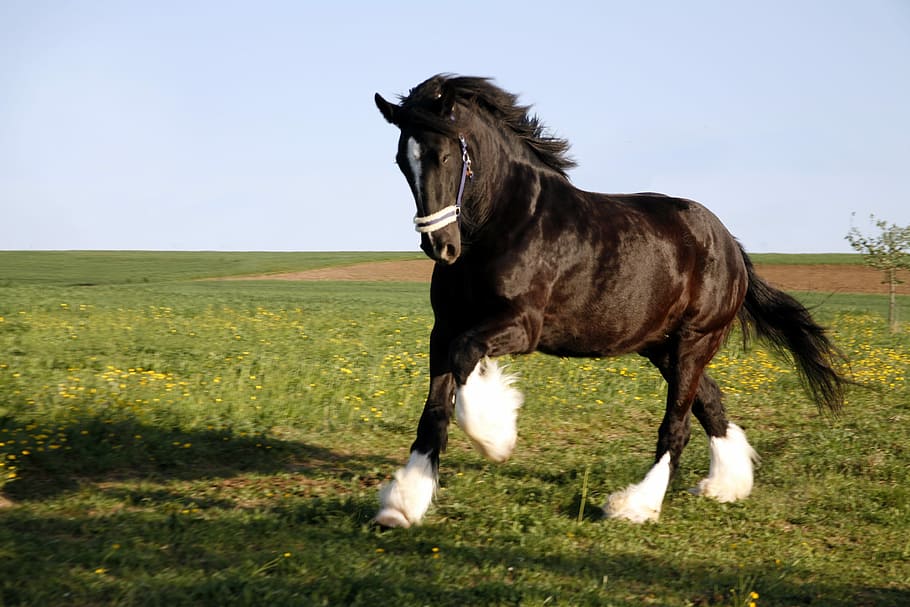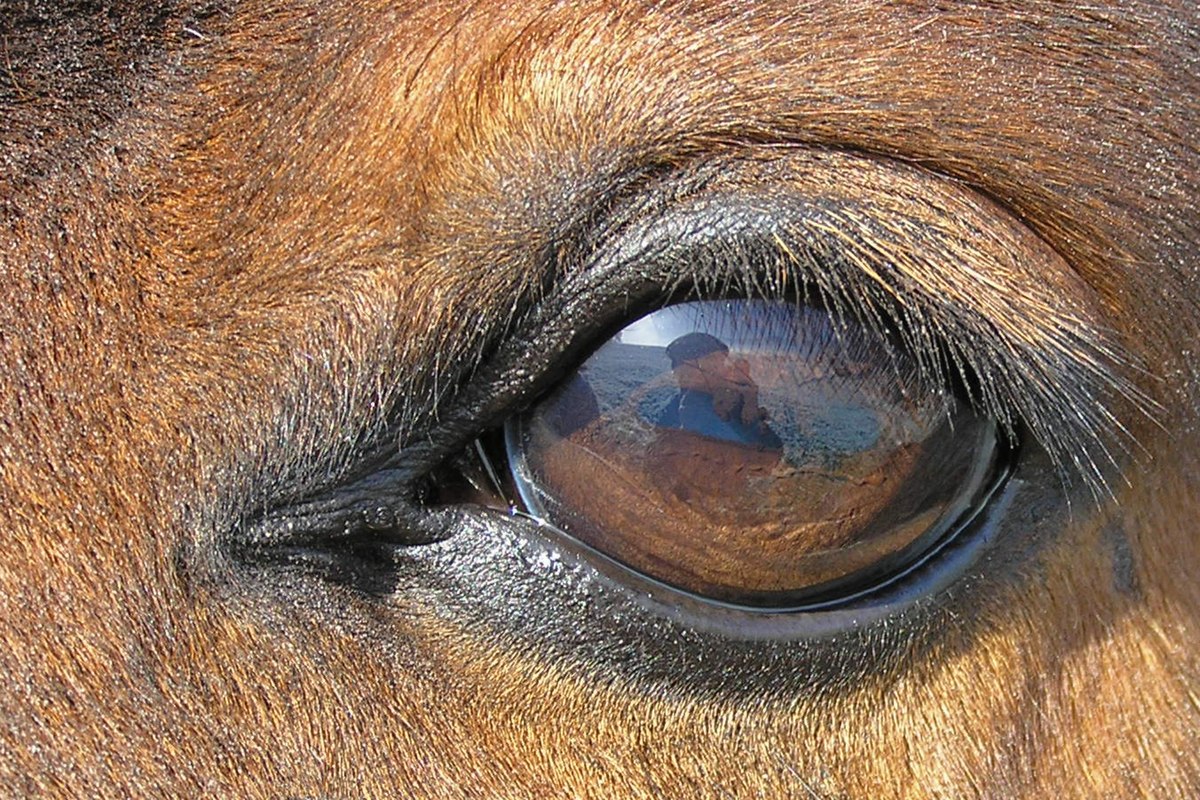Horses, magnificent creatures renowned for their grace and power, possess a silent yet profound means of communication: body language. While they lack the ability to articulate thoughts verbally, their intelligence rivals that of many other animals. In the absence of spoken words, horses convey their thoughts, emotions, and intentions through a complex array of physical cues. Understanding these signals is paramount for any horse enthusiast or caretaker.
Insight into Equine Communication
As herd animals, horses are innately social beings, attuned to the nuances of social interaction. Within their tight-knit communities, they form bonds built on loyalty, empathy, and mutual understanding. Through keen observation and dedicated research, experts have endeavored to unravel the mysteries of equine communication, delving into the subtle nuances of their body language.
Horses possess a remarkable capacity to perceive and respond to emotions such as love, fear, and anger. Their finely tuned senses enable them to discern even the most subtle shifts in their environment, allowing them to react swiftly to potential threats or sources of comfort. This acute sensitivity underscores the importance of deciphering the intricate language of the horse.
Unraveling the Gestures of Equines
Every flick of the ear, shift in posture, or swish of the tail carries significance in the lexicon of equine communication. Each gesture serves as a window into the horse’s state of mind, conveying a wealth of information to those who know how to interpret it. From the gentle nuzzle of affection to the tense stance of apprehension, every movement tells a story, revealing the innermost thoughts and feelings of these majestic creatures.
Researchers have devoted countless hours to decoding the subtleties of equine body language, striving to uncover the deeper meanings behind each gesture. Through meticulous observation and analysis, they have pieced together a comprehensive understanding of how horses express themselves nonverbally. This ongoing pursuit of knowledge sheds light on the rich tapestry of equine communication, offering invaluable insights into the minds of these enigmatic animals.
The Art of Equine Comprehension
Interpreting horse body language is as much an art as it is a science, requiring patience, intuition, and a deep appreciation for the intricacies of equine behavior. It is a skill honed through years of experience, guided by a genuine passion for understanding and connecting with these remarkable creatures. By immersing oneself in the world of horses, one can begin to unravel the mysteries of their silent communication, forging a bond that transcends words.
Take away
Every horse is an individual. Yet there are some common body language patterns, with some rare exceptions. Read those languages well as quickly as possible so that you can be a caring and responsible owner whom the horse can rely upon.
Knowing about the body language of your horse is important to solve the issue and enhance bonding, trust, understanding, responsibility, care, and relationship. The good thing is, that you can easily pay attention and read the body language your horse shows, which is not that hard to understand. You need to use your willingness, intuition, and patience to know what your horse is communicating.
More Interesting Articles
- American Paint Horse – Facts | Colors | Profile | Characteristics
- 7 Tips on How to Groom A Cat at Home Even by An Amateur
- Shire Horse Breed Profile, Facts, History and Description
- British Shorthair Kitten Profile, Facts, Care, Breeder
- Thoroughbred Horse Breed – Facts | Profile | Traits | Care
- Black Abyssinian Cat Profile, Description, Traits, Facts, Care
- Friesian Horse Breed Profile, Facts, Traits, Care
- Blue Abyssinian Cat Breed Profile, Care, Traits, Facts
- Horse Training for Beginners – Steps to be An Expert
- Hairless Cat Breeds – Profile | Traits | Facts | Care | Types
- Steps On Teaching A Horse to Neck Rein Like An Expert
- Munchkin Cat Breed – Profile | Lifespan | Personality | Care
- Training Wild Horses – How to Start from the Scratch
- Snow Bengal Cat Profile, Traits Care and Buying Guide
- Welsh Pony and Cob Horse – Profile, Traits, Facts, Care
- Ragdoll Cat Breed Profile, Care, Traits, and Buying Guide
- Miniature Horse Breeds – Profile | Traits | History | Care
- Russian Blue Cat – Facts | Profile| Care | Traits | Facts
- Percheron Horse – Breed Profile, Traits, Facts, Care
- Sphynx Cat Breed – Facts, Traits, Behavior, Profile, Care
- Breton Horse Breed – Profile, Traits, Facts, Care
- Black Bengal Cat – Profile | Personality | Characteristics | Size
- Shetland Pony Miniature Horse Breeds Profile Standard
- Rusty Spotted Cat for Sale – Facts and Measures
- Hackney Pony Horse Breed Profile and Riding Lesson
- 20 Really Cool, Interesting Facts about Horses for Animal Lovers

